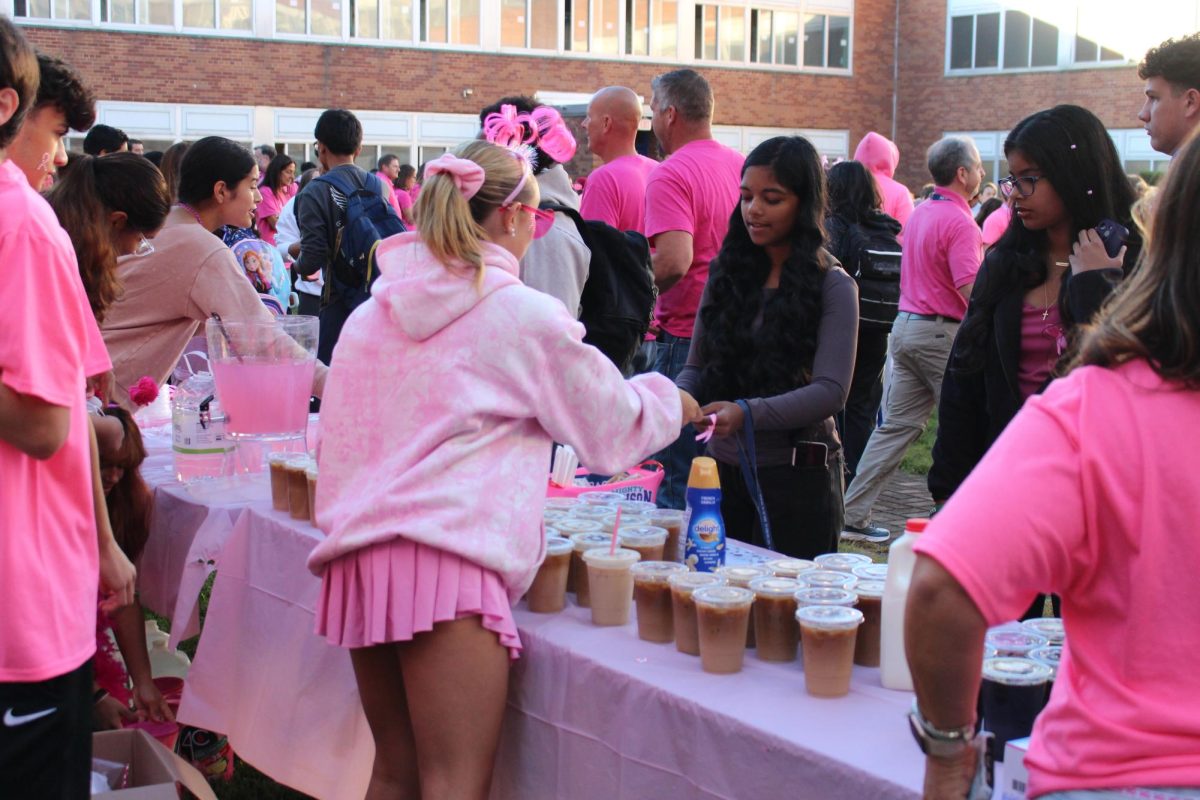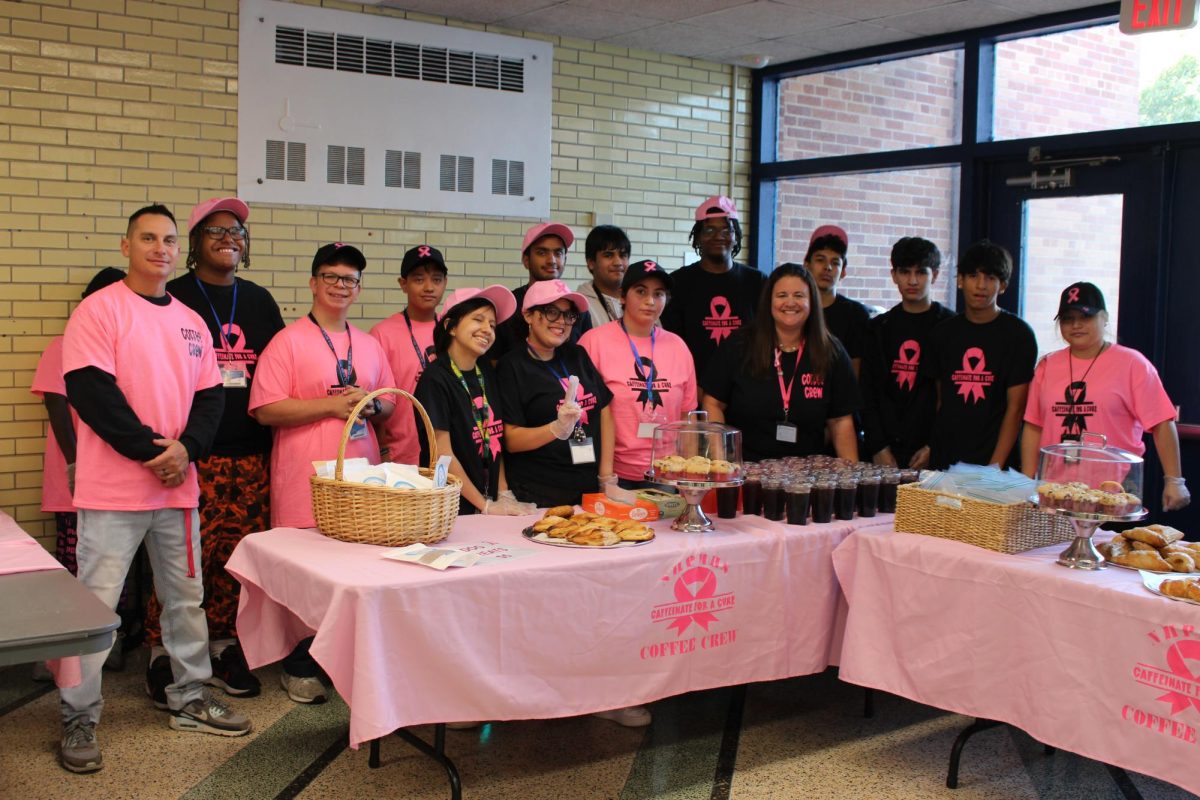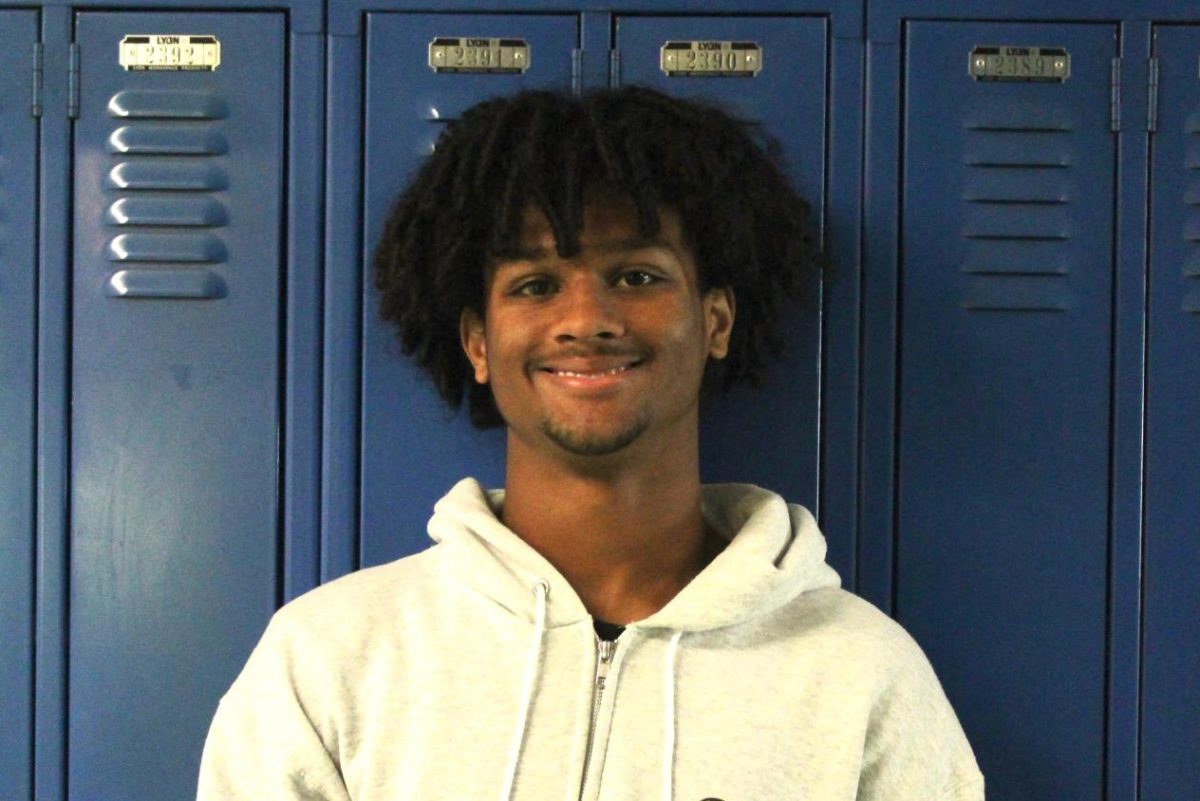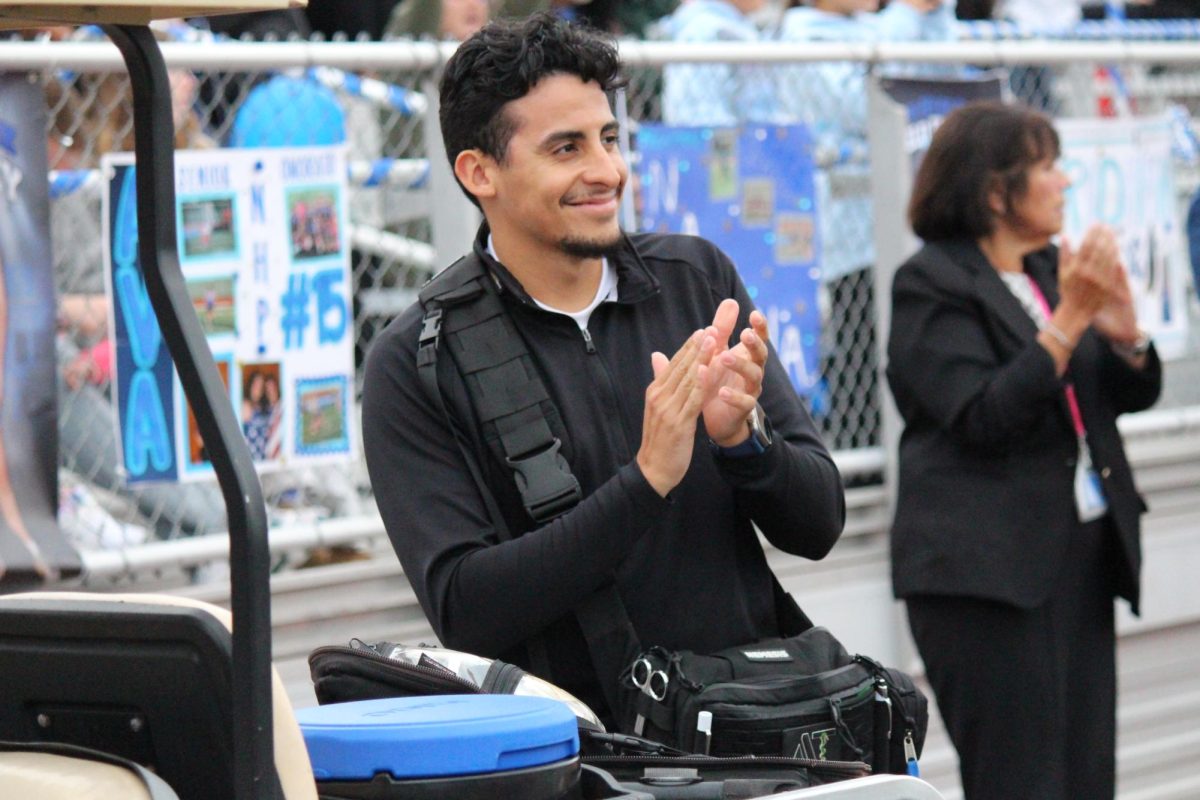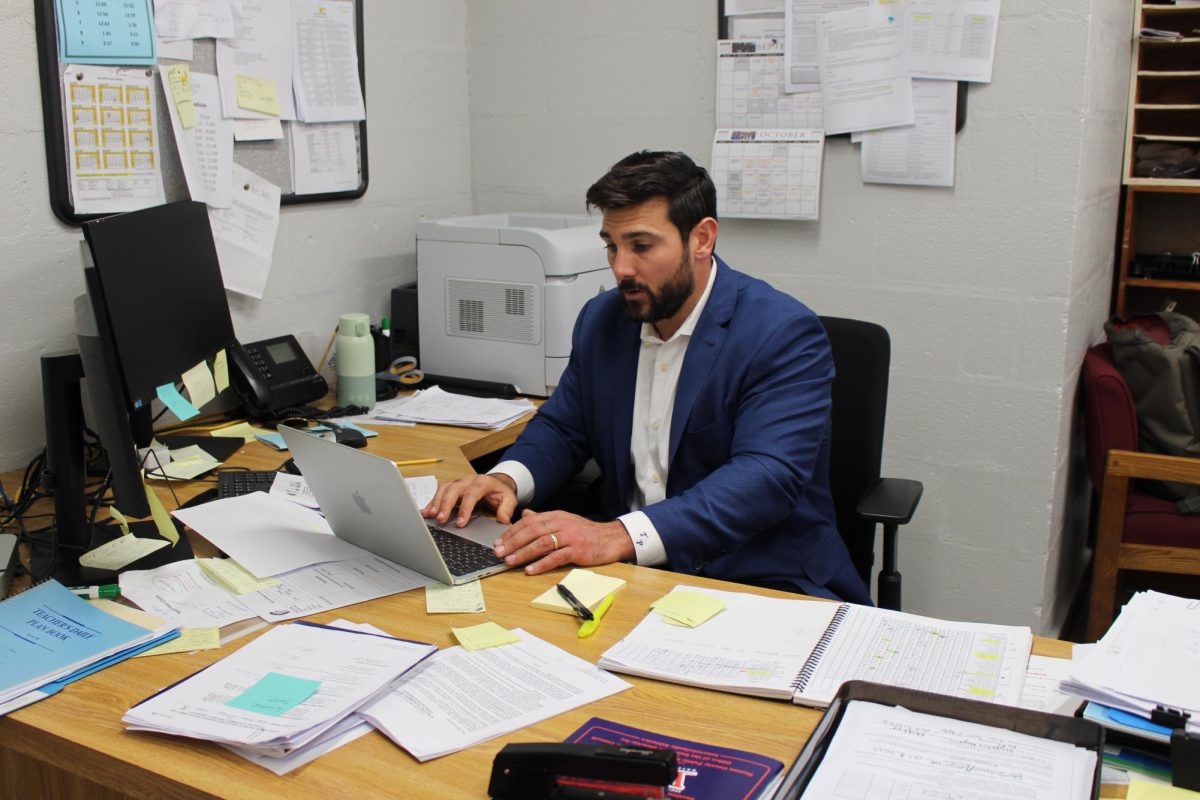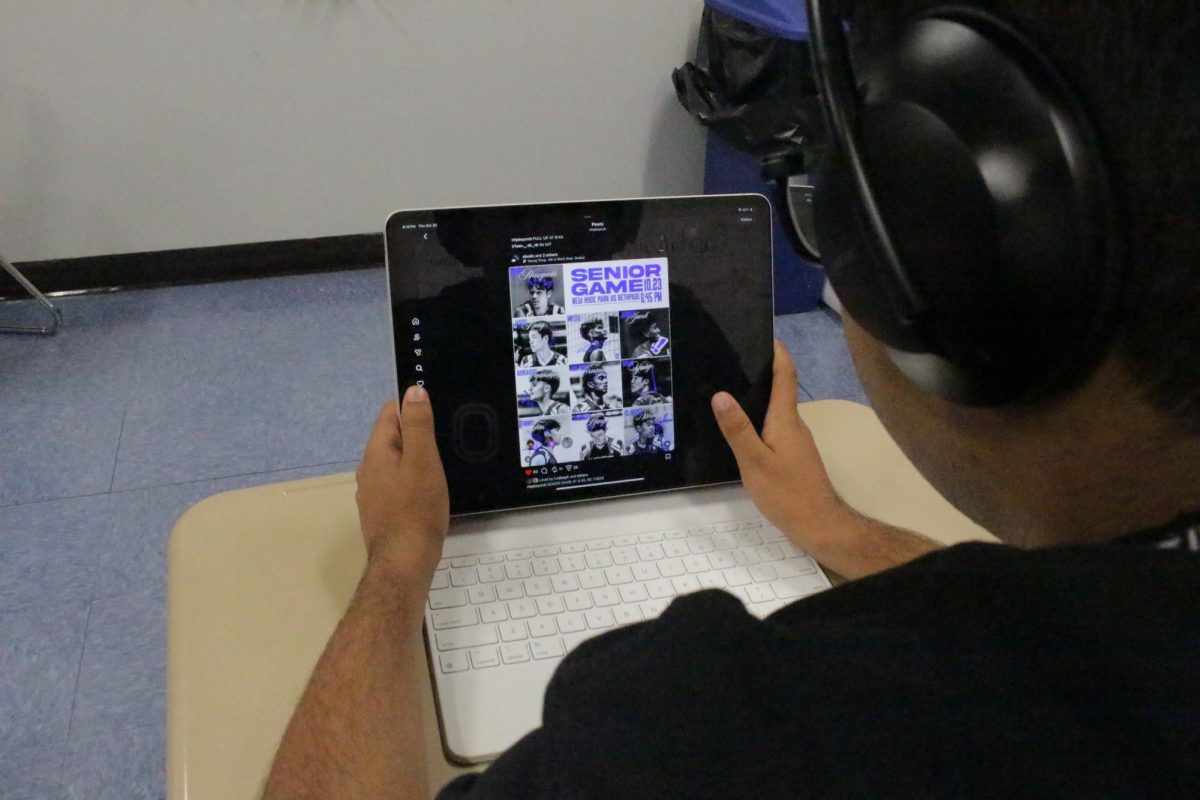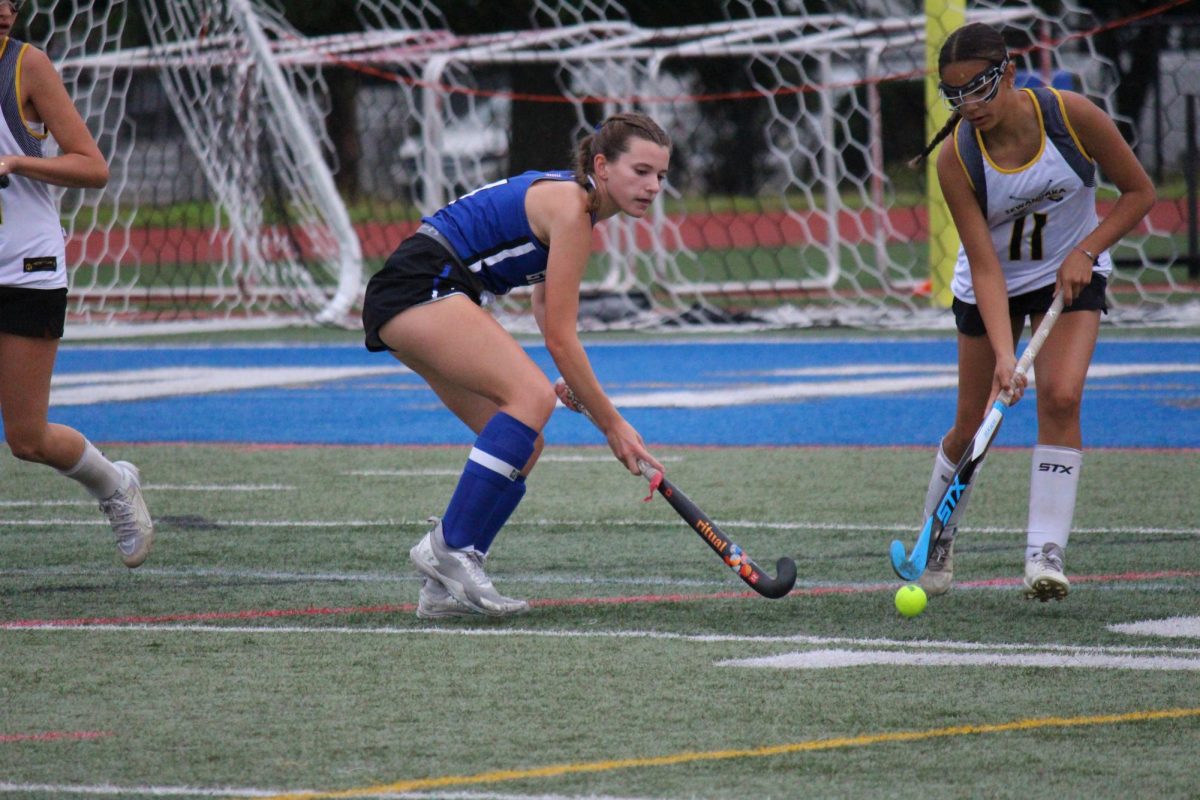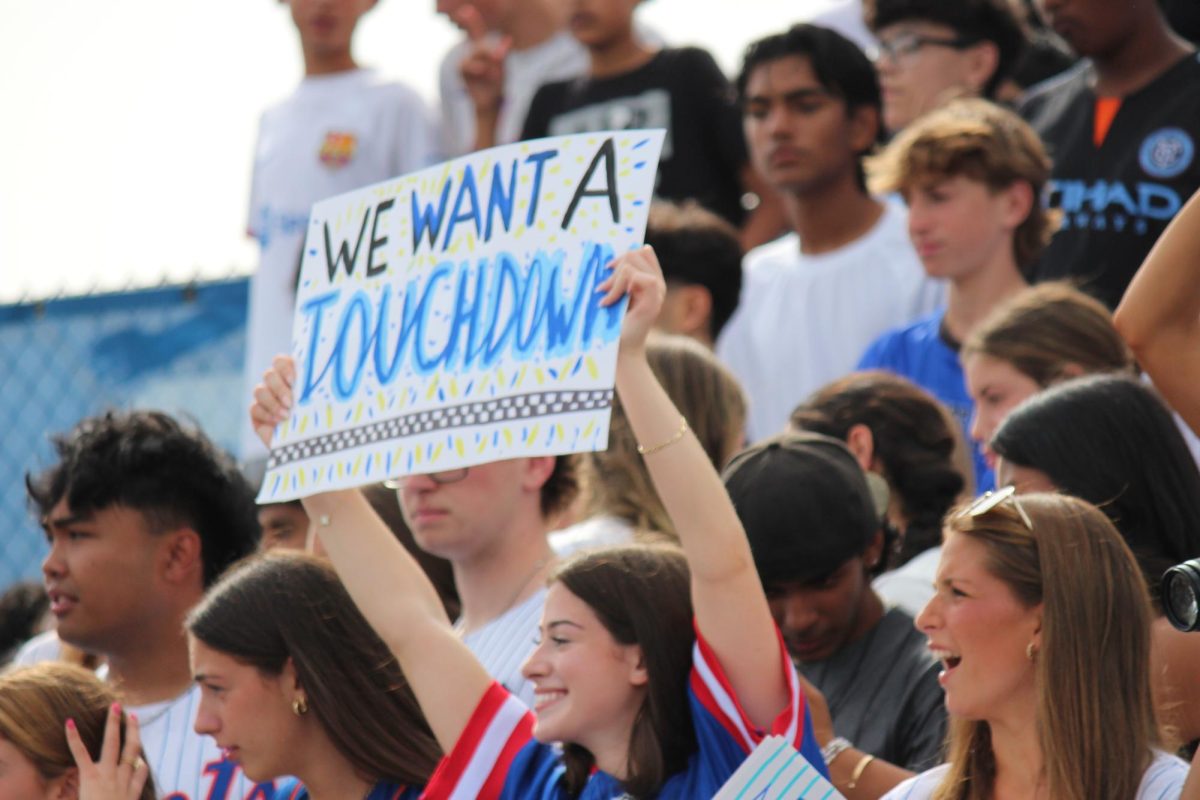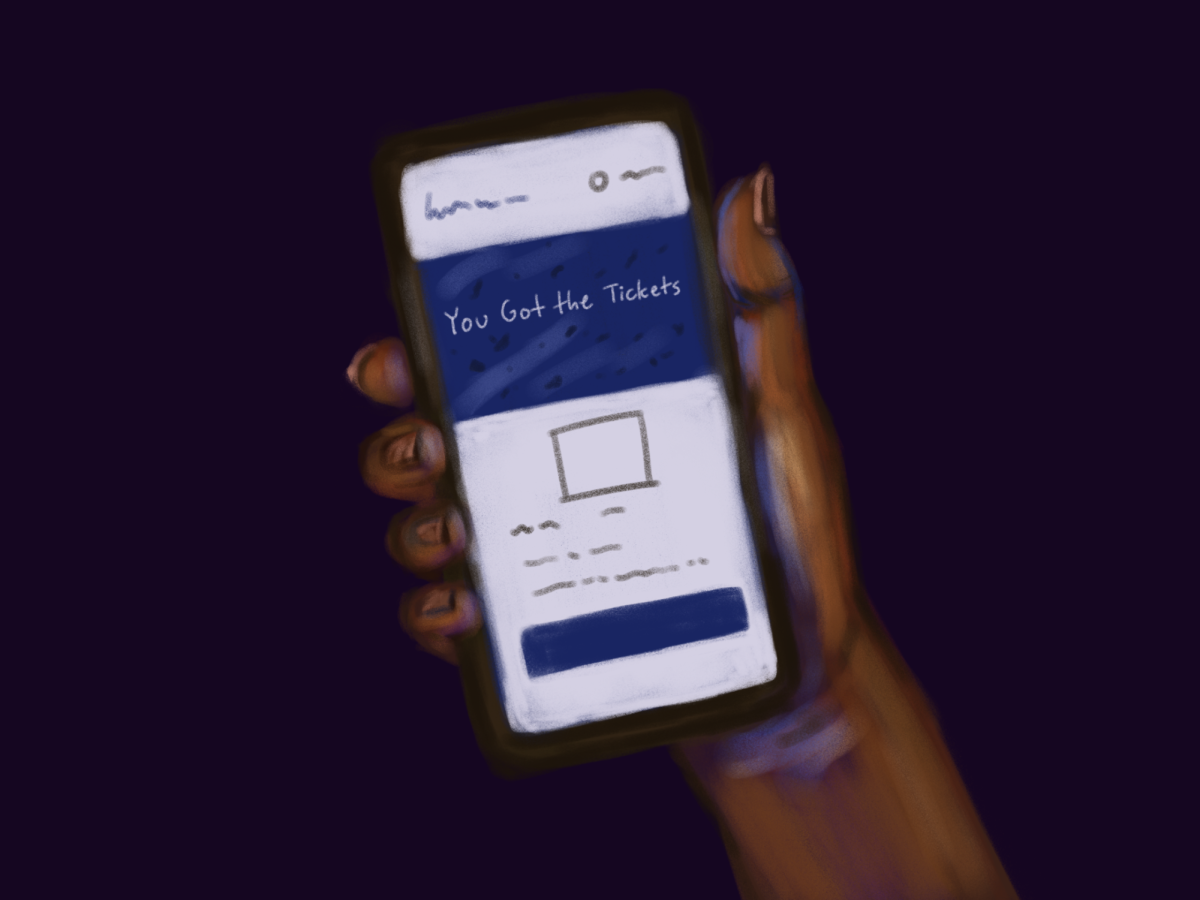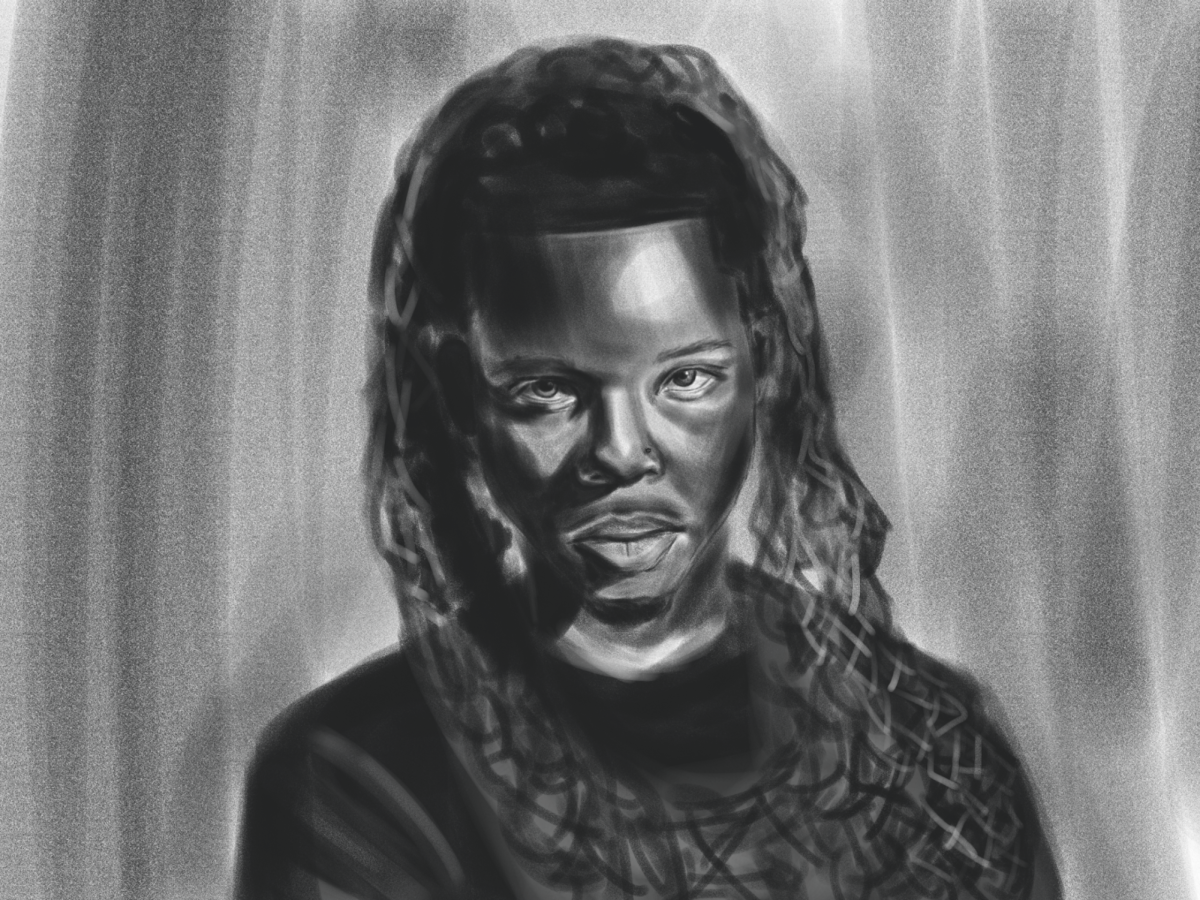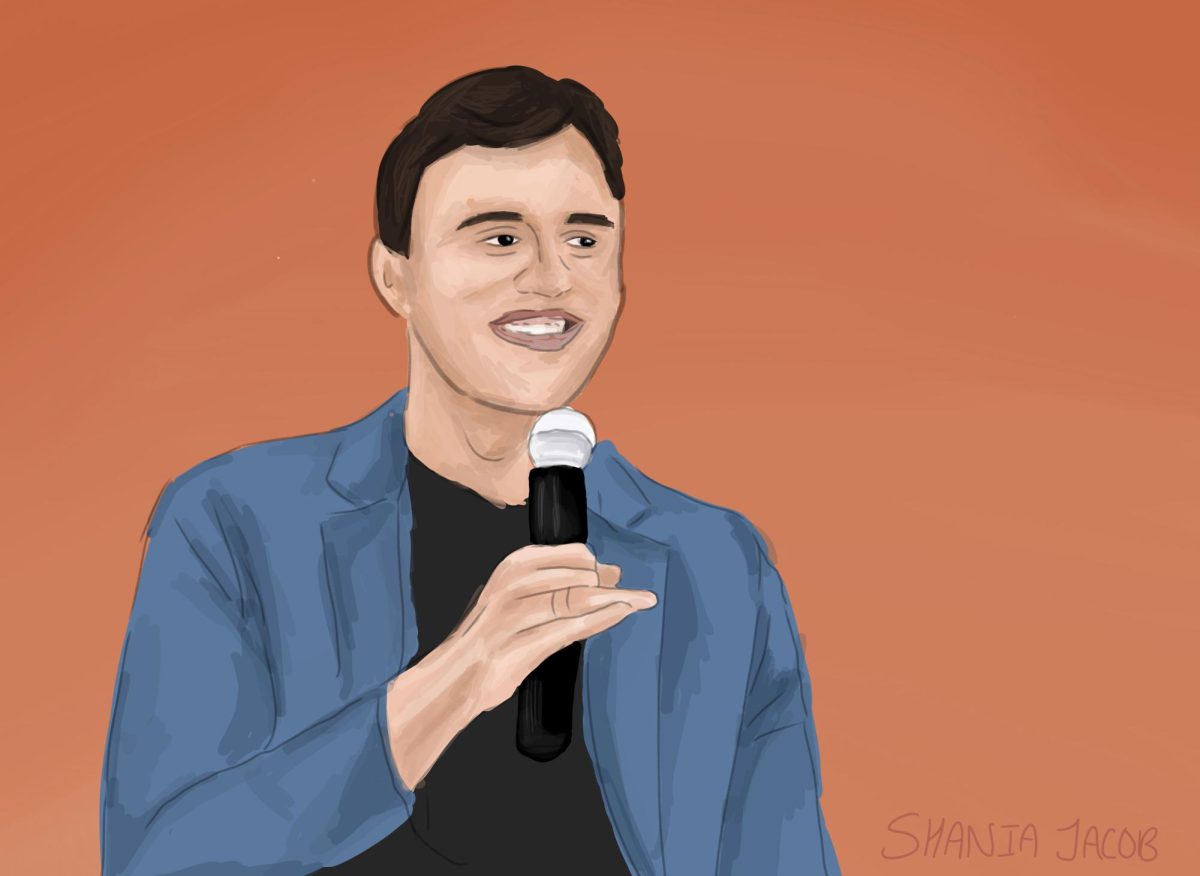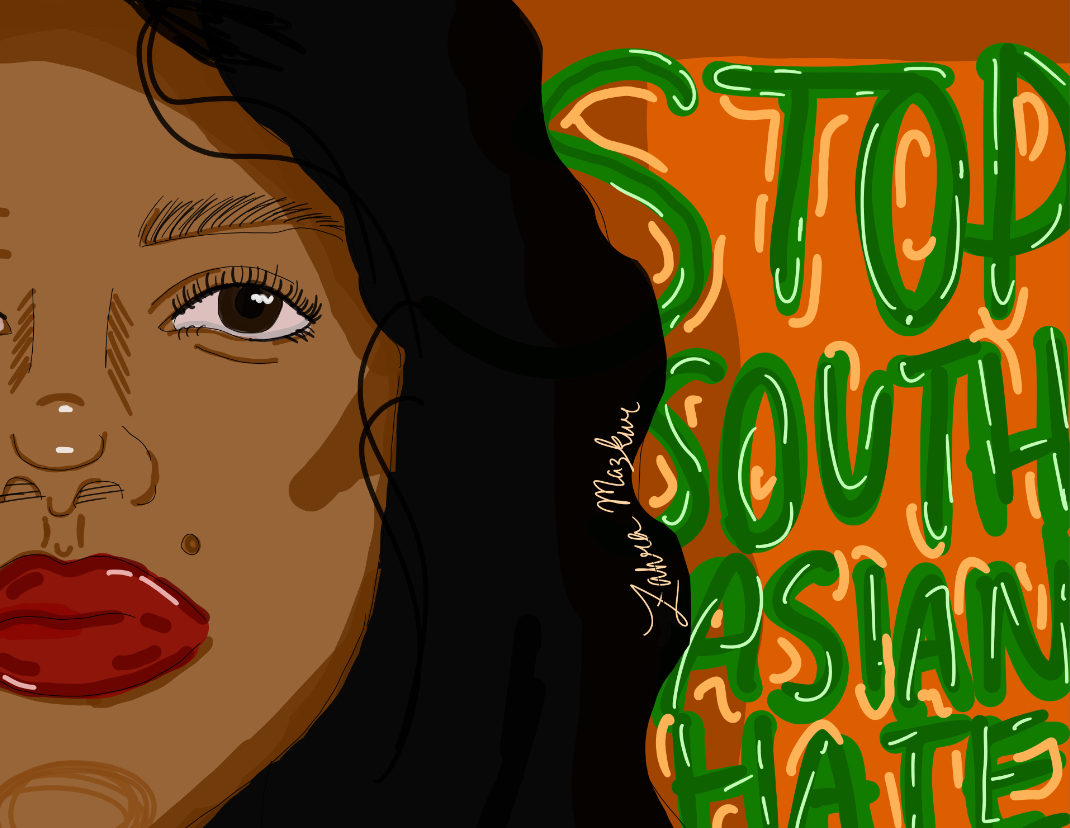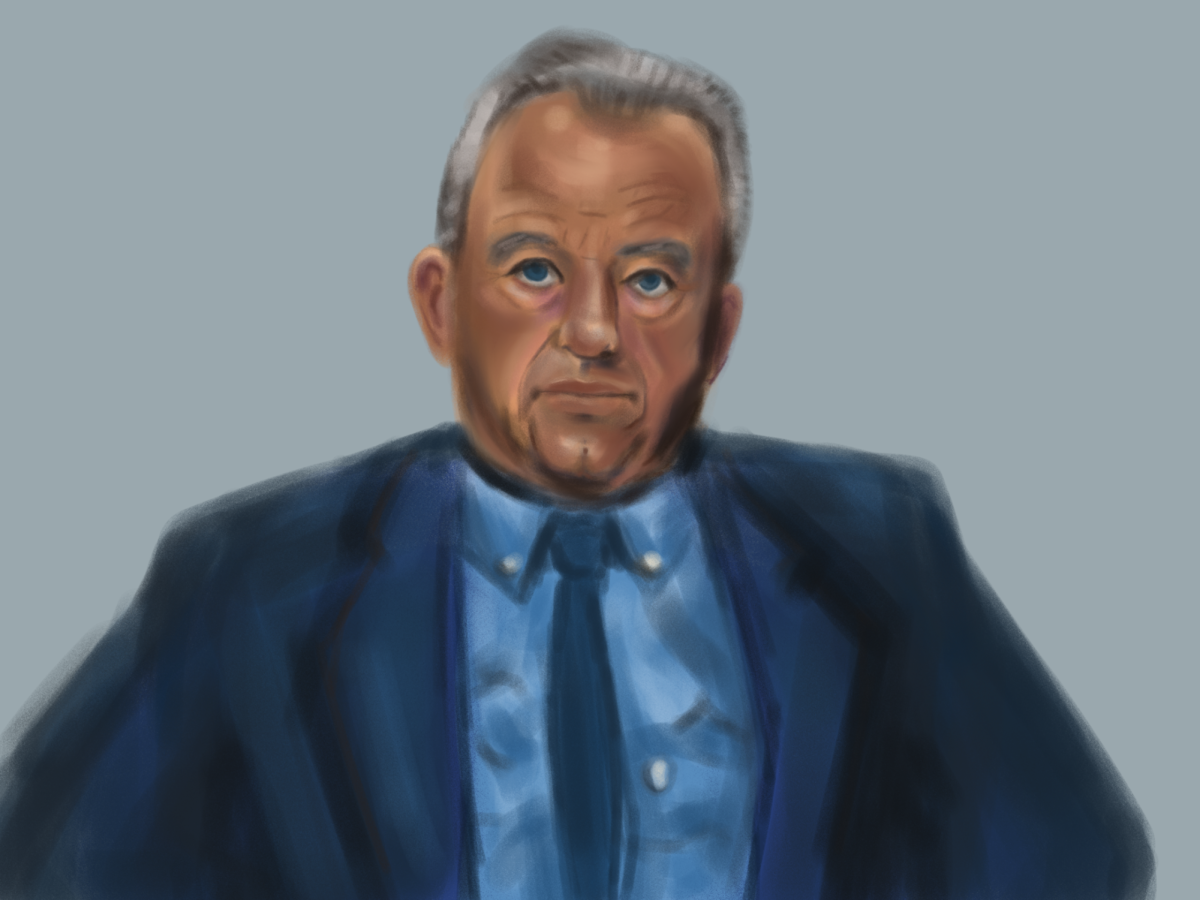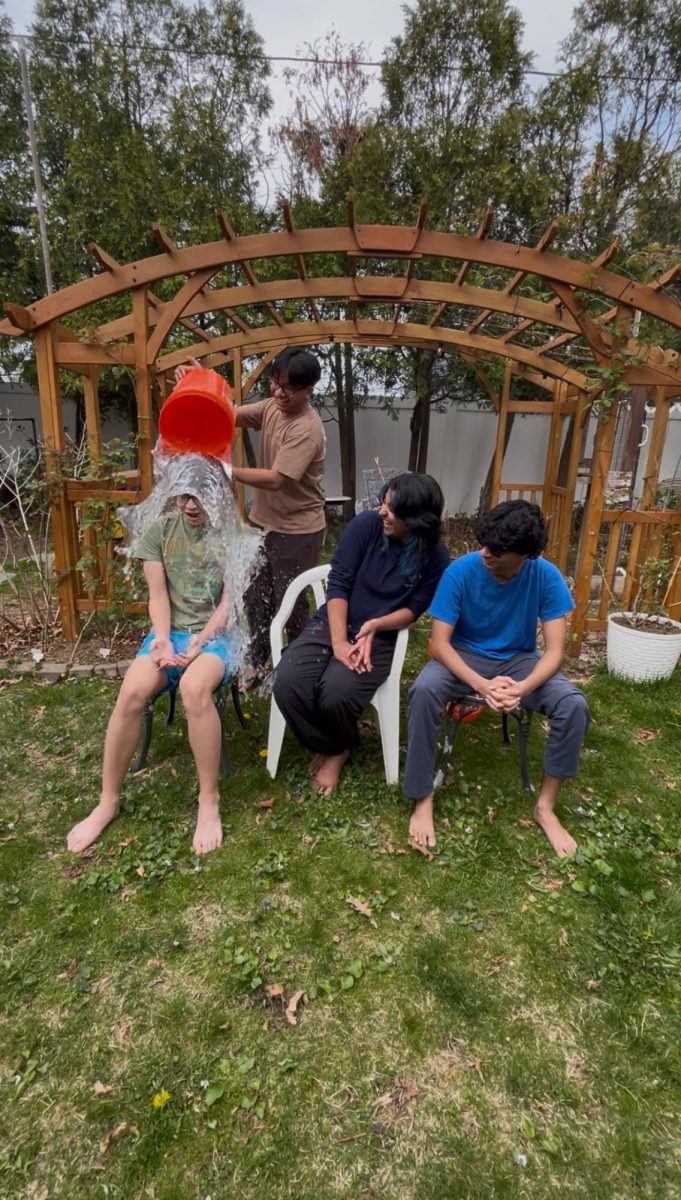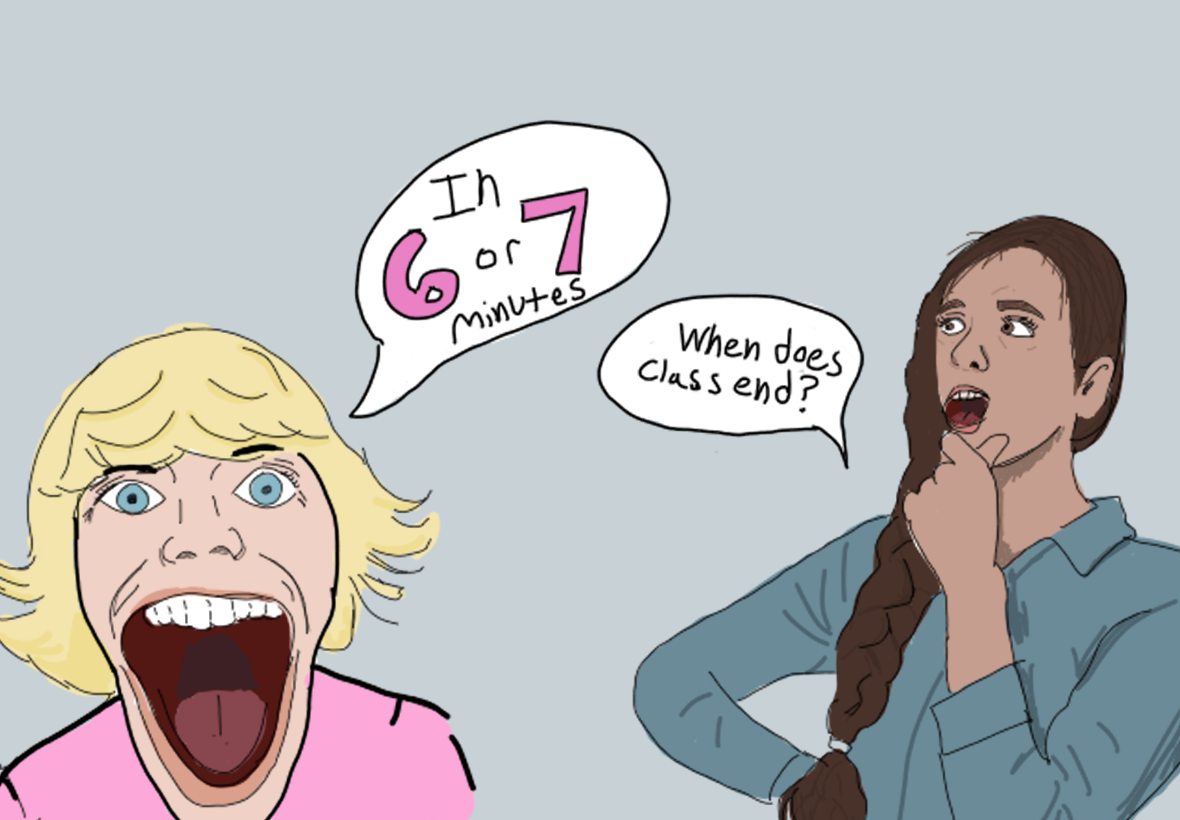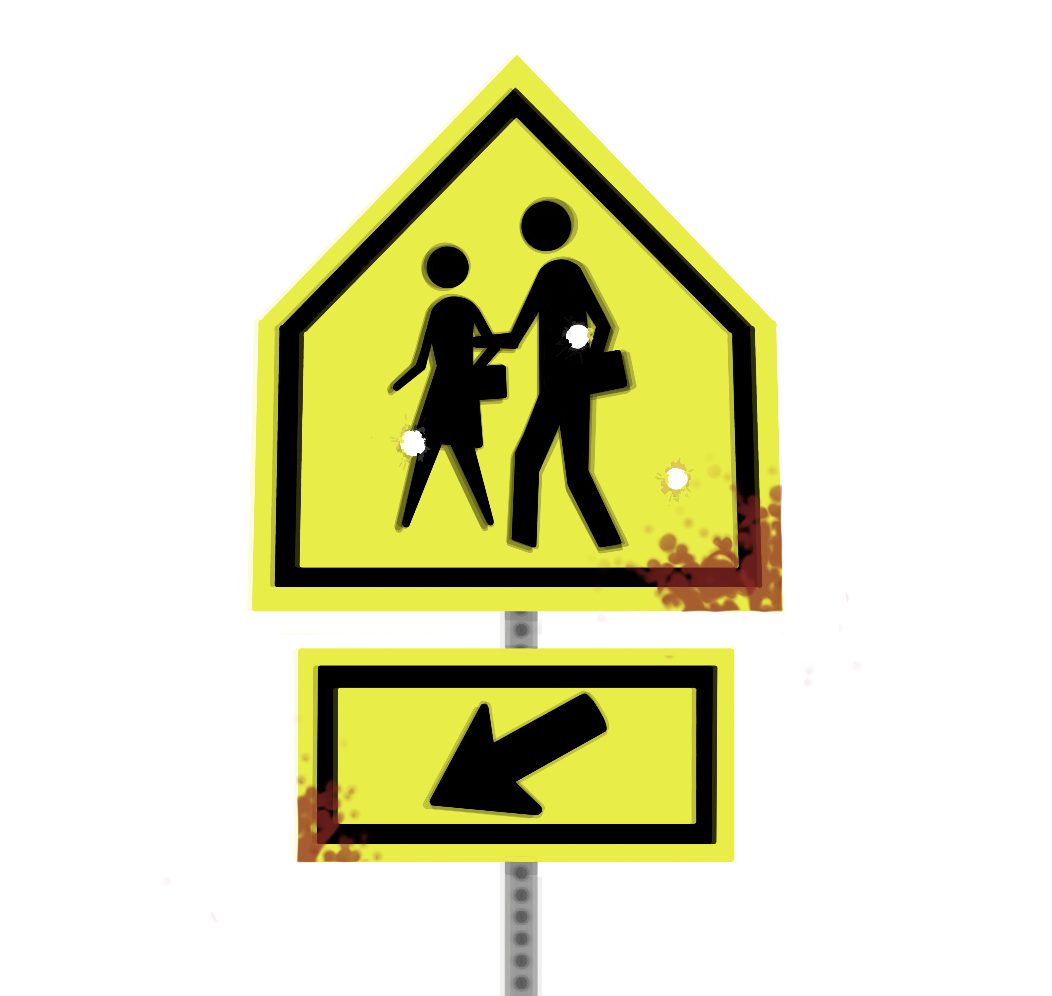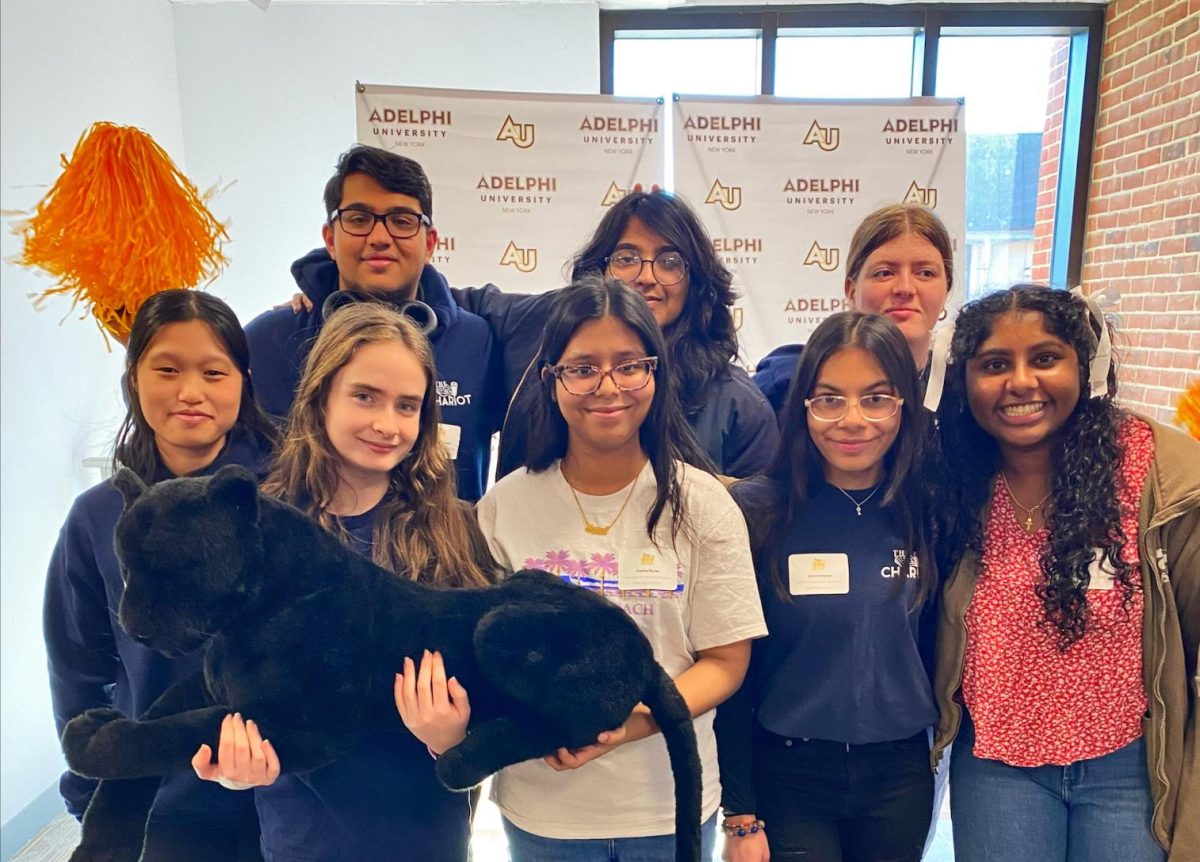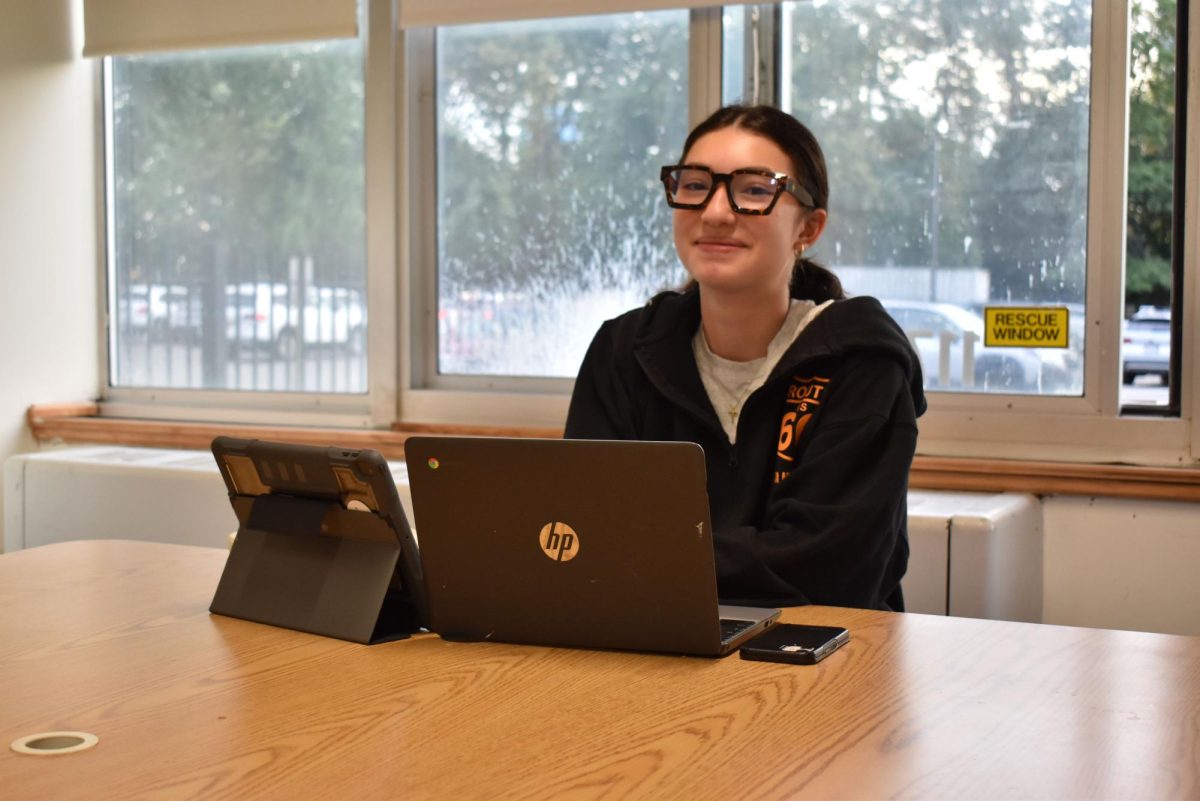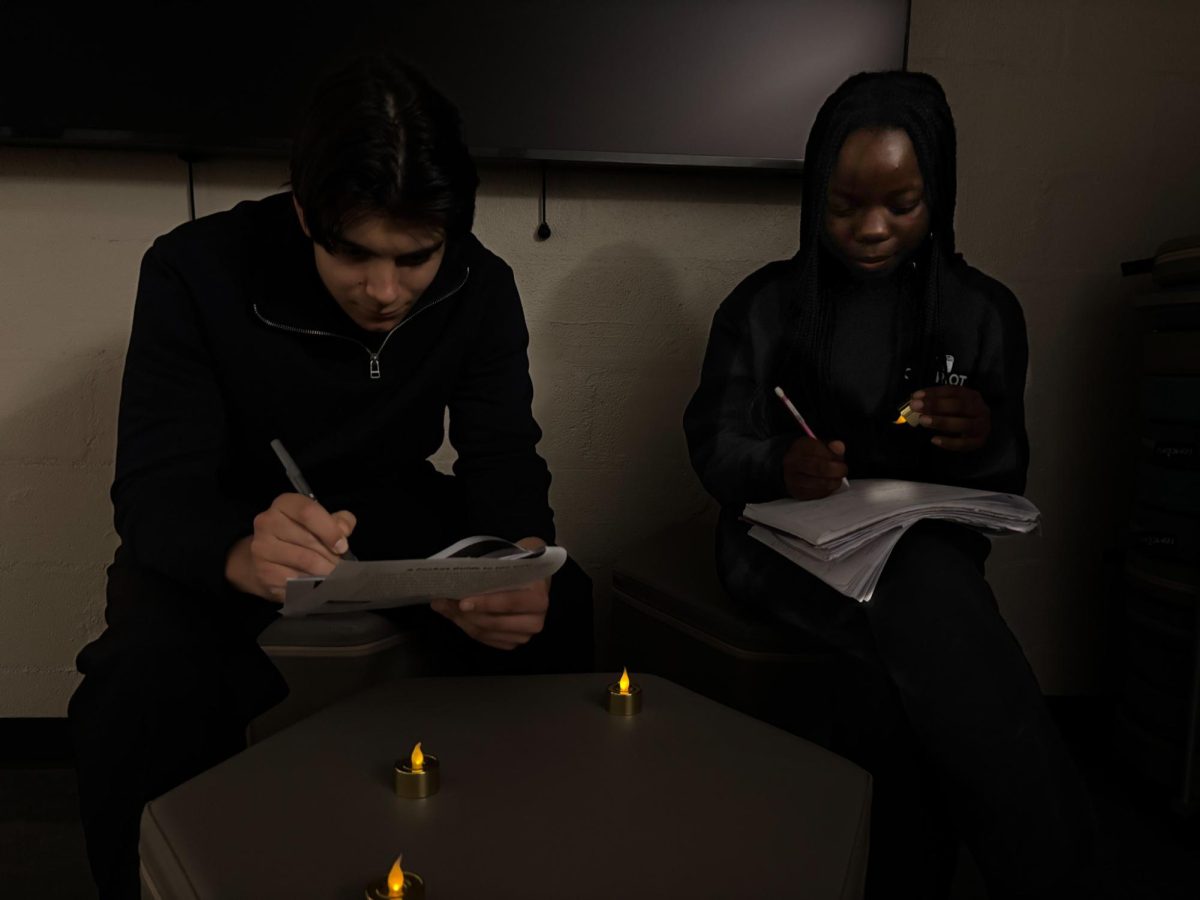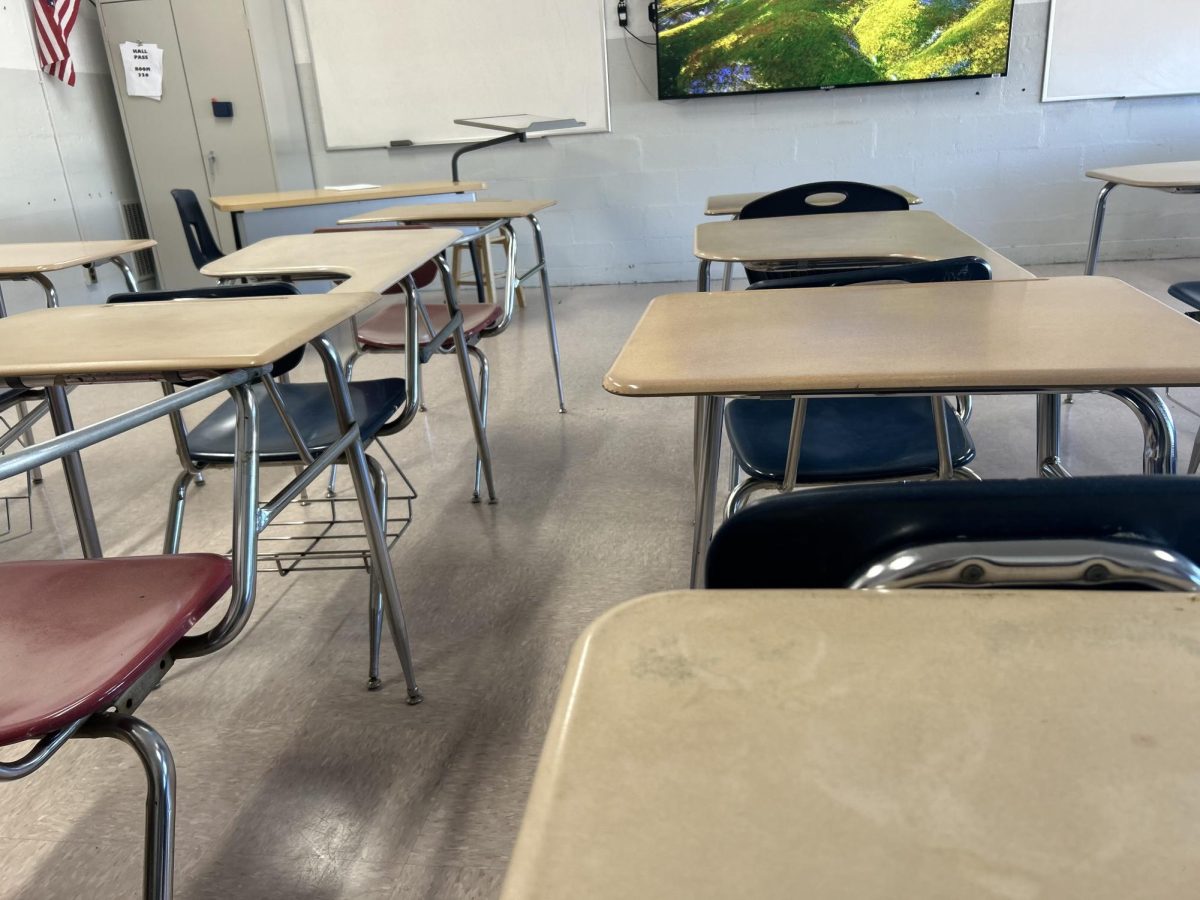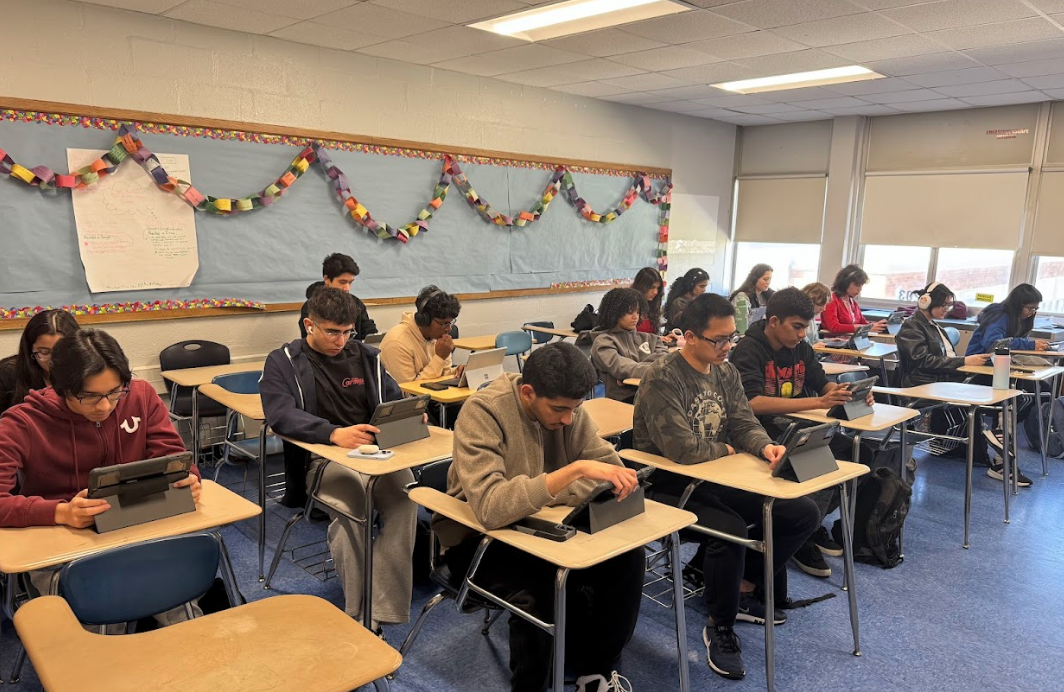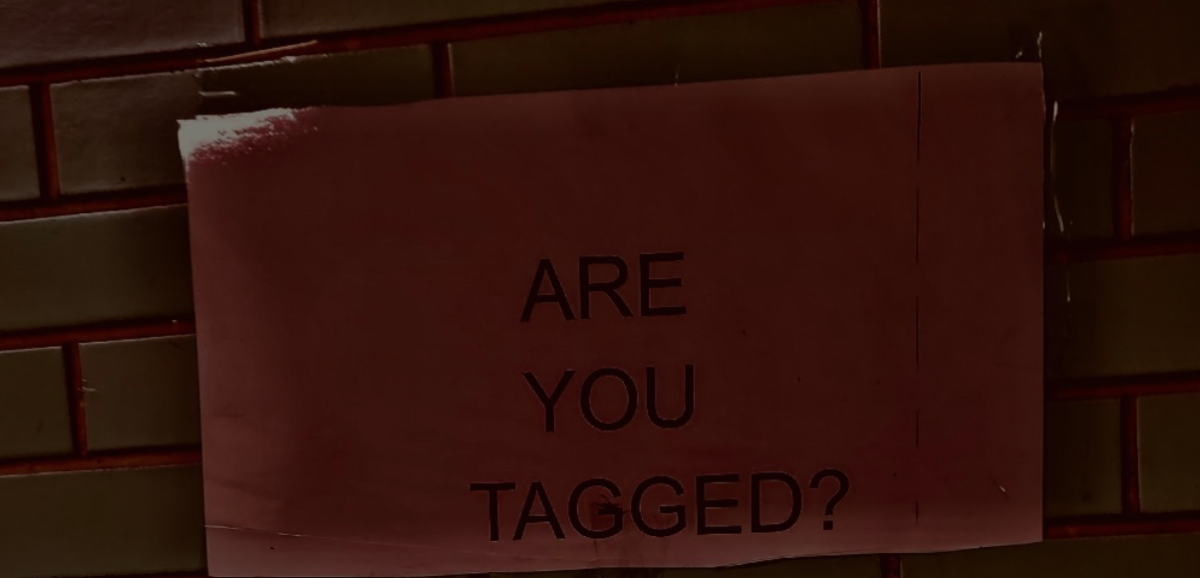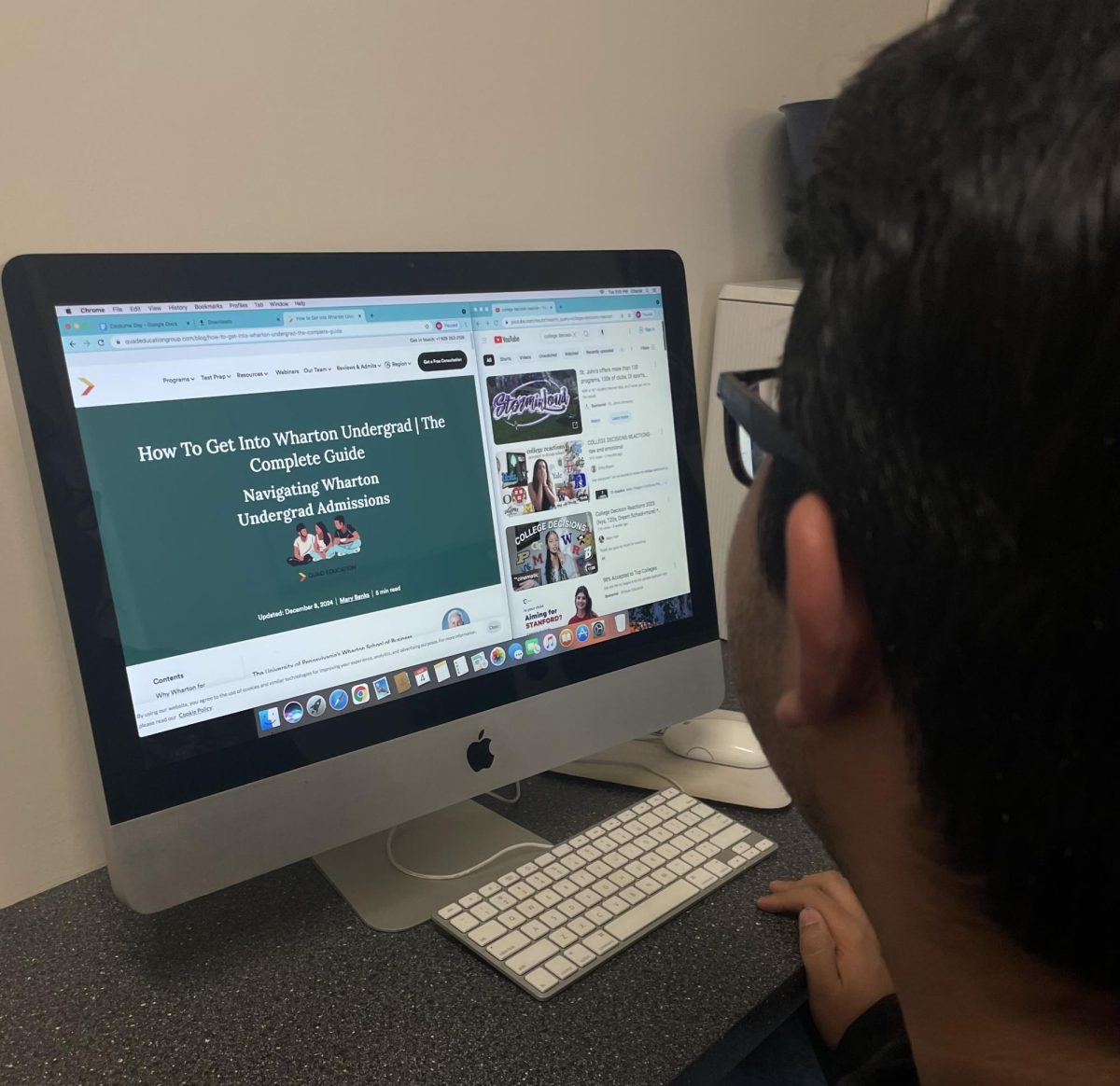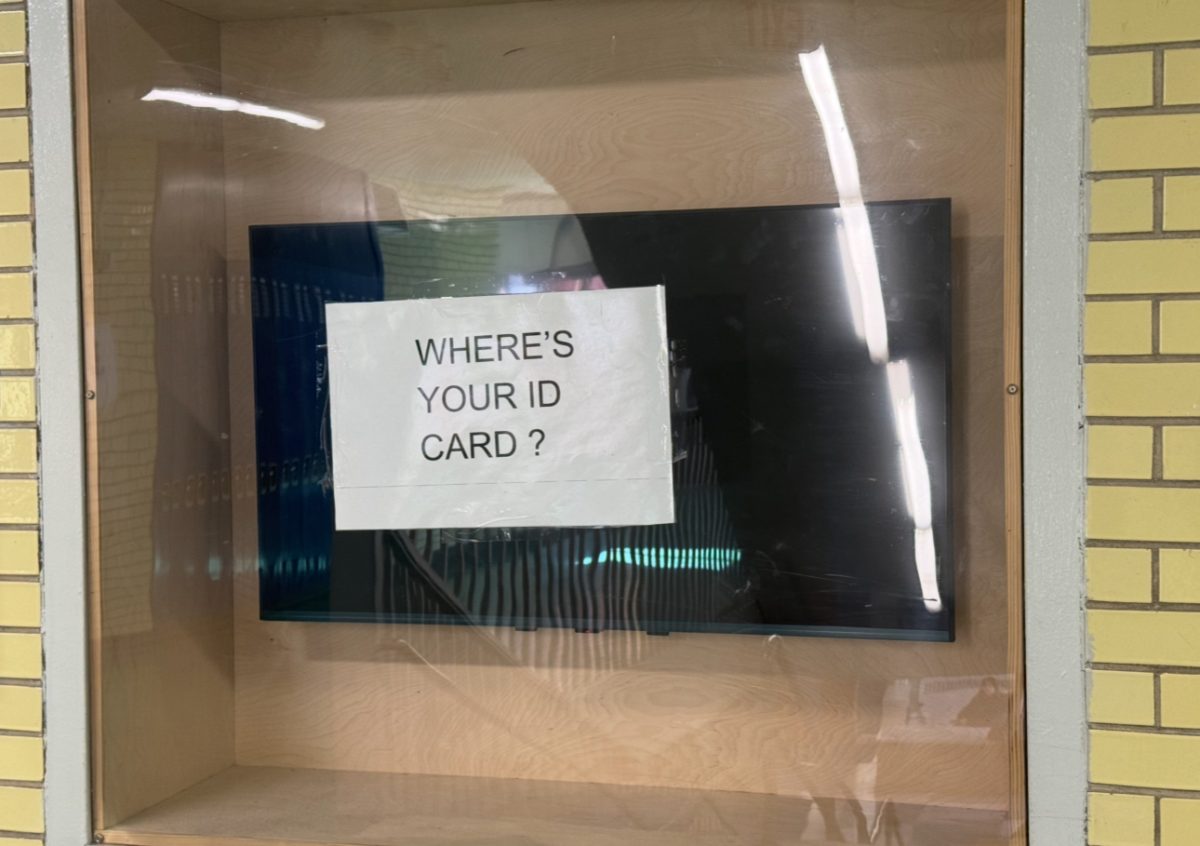Over the past several decades, shootings in the United States have evolved from rare, shocking anomalies into a recurring national crisis. Incidents such as the Columbine massacre in 1999, the Sandy Hook tragedy in 2012, and the Parkland shooting in 2018 marked turning points in public awareness, yet each time the immediate outpouring of grief and outrage failed to translate into sustained systemic reform. Historical data underscores this escalation: while mass shootings in schools were once measured in isolated events per decade, the past ten years have seen hundreds annually, creating a generation for whom lockdown drills, memorials, and news alerts are routine elements of the educational experience.
A study published by the Journal of the American College of Surgeons in 2024 found that school shootings in the U.S. increased more than twelvefold annually from 1970 to 2021. This escalation has been accompanied by a significant rise in the rate of children becoming victims of school shootings, which more than quadrupled from 0.49 to 2.21 per million population during the same period. The K-12 School Shooting Database reports that 2023 saw a record 349 incidents, with 2024 following closely behind at 330 incidents, marking the second-highest number since 1966.
“I feel like it’s honestly avoidable, but because of the lack of regulation in certain states and the circumstances kids grow up in, their actions are often shaped in harmful ways. It’s really a shame that these situations sometimes become unavoidable unless proper measures are put in place,” senior Hongfei Kang said. “There are clear reasons why some states experience more school shootings than others, things like laws and regulations, parenting, which plays a big role, and the overall school environment. Some states just don’t have these factors as strong as others do.”
A recent weekend of gun violence dramatically illustrates how widespread mass shootings have become. As of October 11, 2025, the U.S. had recorded 337 mass shootings, with the year rapidly approaching the 340 mark. At a high school alumni event on South Carolina’s coast, four people were killed and at least 20 were injured. In Mississippi, shootings following high school football games left eight dead (including a pregnant woman) and at least 20 injured. These incidents, tied to school-affiliated events or youth communities, show just how blurred the lines have become between “school shootings” and broader community gun violence.
Society’s tolerance for such repeated incidents reflects a troubling desensitization to violence. Lockdown drills, surveillance cameras, and metal detectors are now part of the daily environment. While these measures are intended to protect students, they also serve as constant reminders of the dangers that schools are meant to shield children from.
“In general, most people who are exposed to extreme events repeatedly over time will eventually become desensitized to those events. In terms of mass shootings, we are caught in this dialogue of who is responsible for mass shootings and why people are committing mass shootings, but those conversations aren’t moving us any closer to a reduction in mass shootings. Further desensitization to the shootings themselves will also contribute to our inability to take actions that could possibly help decrease the incidences of mass shootings in our society,” AP Government & Politics teacher Dr. D’Orsogna said.
On September 10, 2025, Evergreen High School in Colorado became the site of a shooting that left two students critically injured. Shockingly, media coverage of the event was largely overshadowed by the assassination of Charlie Kirk, highlighting how even severe acts of school violence can be minimized in the public eye. In New York City, a separate threat at Benjamin N. Cardozo High School in Queens was intercepted before it could escalate. A 16-year-old student posted on Instagram that he planned to “shoot the school up,” prompting authorities to respond quickly. The NYPD, in coordination with the FBI, located the student and confiscated a loaded 9mm handgun with 13 rounds from his backpack.
“It really scares me and makes me think about how much schools actually prioritize safety. Sometimes I feel safe at school, but other times I don’t. Just having IDs doesn’t guarantee our safety; it’s a start, but it’s not enough to truly protect us,” eighth grader Ambrin Namera said.
The normalization of shootings is amplified by both social media and mainstream media practices. Platforms such as TikTok, Instagram, and YouTube have content where students post real-time lockdown videos, share memes, or use hashtags that can unintentionally trivialize violence. Viral content can create performative engagement: users watch, comment, and scroll past, sometimes treating terror as a trend rather than a crisis, while simultaneously fostering peer solidarity and awareness. Meanwhile, mainstream media coverage amplifies outrage in the immediate aftermath, saturating headlines with graphic descriptions and detailed accounts of shooters’ identities, weapons, and motives, yet it often fails to contextualize the events within broader systemic problems such as gun accessibility, mental health gaps and social inequality, which perpetuates a public perception that shootings are isolated incidents caused by “troubled individuals” rather than a societal failure in policy and protection.
Politicians respond with public statements of sorrow and, occasionally, proposals for incremental legislation that end up not being passed. Historical patterns underscore the futility of outrage that is not coupled with persistent action: following the 2018 Parkland shooting, student-led movements like March for Our Lives successfully mobilized mass protests and momentary media attention, yet federal gun control legislation remained stalled, and over time, public focus shifted to the next tragedy, leaving promises of change unfulfilled.
The cycle repeats itself with each new incident: massive viral attention and intense emotional reaction quickly giving way to the next headline, decreasing urgency and fostering a sense of helplessness, particularly among students who have grown up seeing lockdown drills, active shooter simulations, and memorials for fallen classmates as routine elements of their educational environment.
“Social media can be both helpful and harmful when it comes to school shootings. It can help spread awareness and help people stay informed or prepared, but it also makes these tragic events feel too common because the more people see it online, the more it starts to feel normal,” senior Rayann Khan said.
Breaking this cycle requires a cultural and political shift: media outlets must prioritize responsible reporting that centers victims and systemic solutions, educators and parents must address the emotional and social consequences of exposure to repeated violence, and lawmakers must enact and sustain comprehensive policies on gun control and school safety. Grassroots advocacy demonstrates that change is possible, but only when outrage is maintained over the long term and translated into organized action rather than fading into the next viral trend.
However, security measures alone cannot address the root causes of school violence. Research by the Kaiser Family Foundation shows that exposure to school shootings nearly tripled between 2020 and 2024, correlating with rising rates of anxiety, depression, and post-traumatic stress among students. One study from the Adolescent Brain and Cognitive Development (ABCD) cohort found that children who experienced school lockdowns due to shootings or threats showed increased symptoms of anxiety, somatic disorders (physical symptoms related to mental distress), and “stress problems.”
Mental health support, social-emotional learning programs, and community engagement are critical for preventing school shootings. Programs that teach conflict resolution, emotional regulation, and peer support have shown promise in reducing violent incidents.
The repeated cycle of school shootings, outrage, and inaction represents more than a policy failure; it is a moral and cultural crisis that threatens the well-being of an entire generation. Students navigate fear alongside their lessons, anxiety alongside extracurriculars, and trauma alongside ambitions, growing up in a world where mass violence is part of the background of their daily lives. Society’s response cannot end at headlines, hashtags, or fleeting social media posts; it requires sustained cultural engagement, meaningful legislative action, and comprehensive mental health and safety support in schools. If we continue to treat school shootings as isolated spectacles rather than systemic crises, we risk allowing the normalization of fear to define the adolescent experience. To protect the lives, education, and future of our children, the nation must transform outrage into action, ensuring that every tragedy prompts not just grief, but decisive, lasting change.
“As a building administrator, I care deeply about the safety and well-being of our students. Those who commit acts of mass violence often fail to grasp the consequences and finality of their actions until it’s too late. While we cannot control everything that happens beyond our school walls, we can cultivate a culture of respect, empathy, and understanding within them. I want our students to truly recognize the value of one another and to understand that every life, every voice, and every act of kindness matters,” principal Ms. DeGennaro said.

